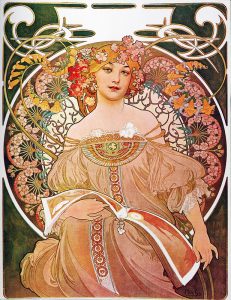“One cannot write poems about trees when the forest is full of police.”
—Bertolt Brecht
“Hold Me Close (the forest is full of police)” is a newly commissioned exhibition comprising painting, sound, installation and zines from London-based artist Meera Shakti Osborne. The project is the artist’s first major solo exhibition and marks the culmination of their time as Peer Ambassador Artist in Residence.
Osborne’s practice interrogates the dynamics of collaboration and places emphasis on creating inclusive spaces of mutual respect. Over the course of their residency, Osborne worked closely with three different groups of Peer Ambassadors, made up of young people from Peer’s local area. Informed by Osborne’s experiences of their time with the Peer Ambassadors and their wider research and time spent as a youth worker, the exhibition explores how we navigate the city and questions who has access to safety and care.
With 8.4 million trees making up 21 percent of the city, London meets the criteria to be recognised as a forest. Taking this fact as a starting point, Osborne, together with the young people, used the metaphor of the forest to talk about ideas of resilience and spaces of refuge and retreat. Discussing how they feel in a city where plants are widespread yet often unseen, they tried to imagine an alternative landscape in which we can all feel more free.
In the exhibition, a series of provocations and prayers hold and welcome visitors as they enter. Free tea is offered to heal, sustain and protect. The first part of the exhibition is intended as an educational resource and space for learning and play. This area features a zine library, which explores themes of safeguarding, safety, policing, criminalisation, Palestine, youth work, gentrification and radical herbalism. A series of questions posed by the artist, which will change throughout the course of the exhibition, invites visitors to respond, using the material provided. Visitors can attach their responses to the window, adding to the exhibition over time.
As you move through the gallery, a series of five large-scale oil paintings on linen are suspended between the gallery walls, resembling a thicket of trees. Installed so they can be easily moved and reconfigured, they create the possibility of new sight lines and offer spaces to reflect, hide and take refuge. The three largest paintings respond to texts by young people, depicting imagery of plant flesh, subterranean fires and plant life breaking through cracks in the pavement. At the front and rear of the gallery, paintings of a sun and moon act as grounding prayers and symbols, which mark the beginning and end of our days.
The paintings are accompanied by Forest Floor, an audio work that samples sounds from increasingly policed and criminalised music genres, such as grime, drill and garage, which defines London’s youth culture past and present. Fragmented and fleeting melodies, bass lines and chorus riffs punctuate sounds of birdsong and rustling leaves, further complicating our understanding of the ‘forest’.
Intending the exhibition as a space of refuge and rest, Osborne has carried out a series of rituals—some still visible and some not—which cleanse and protect the gallery, along with Peer’s studio space and office. Throughout the exhibition, various elements can be moved, removed, borrowed and shared by anyone who comes to the space.
“Hold Me Close (the forest is full of police)” is in part, an act of centering youth work within arts organisations and hightlights the processes that Osborne has been invested in over the course of their residency. This commission expands on Osborne’s commitment to refocus where we place value and in turn, embrace where this leads.
As part of the exhibition, Osborne has asked all Peer staff to be trained in Radical Safeguarding and will be reviewing Peer’s Safeguarding policies with the team to ensure long-term safety for young people within the organisation.
Linden blossoms for the tea have been foraged and blended by Randa Toko and Peer Ambassadors in Hackney Marshes.
The zine library features contributions from AHHAAHHA, Latifa Akay, Raju Rage and Claudia Manchanda, Meera Shakti Osborne and the Peer Ambassadors with Tasmia/T.
at Peer, London
until August 31, 2024




